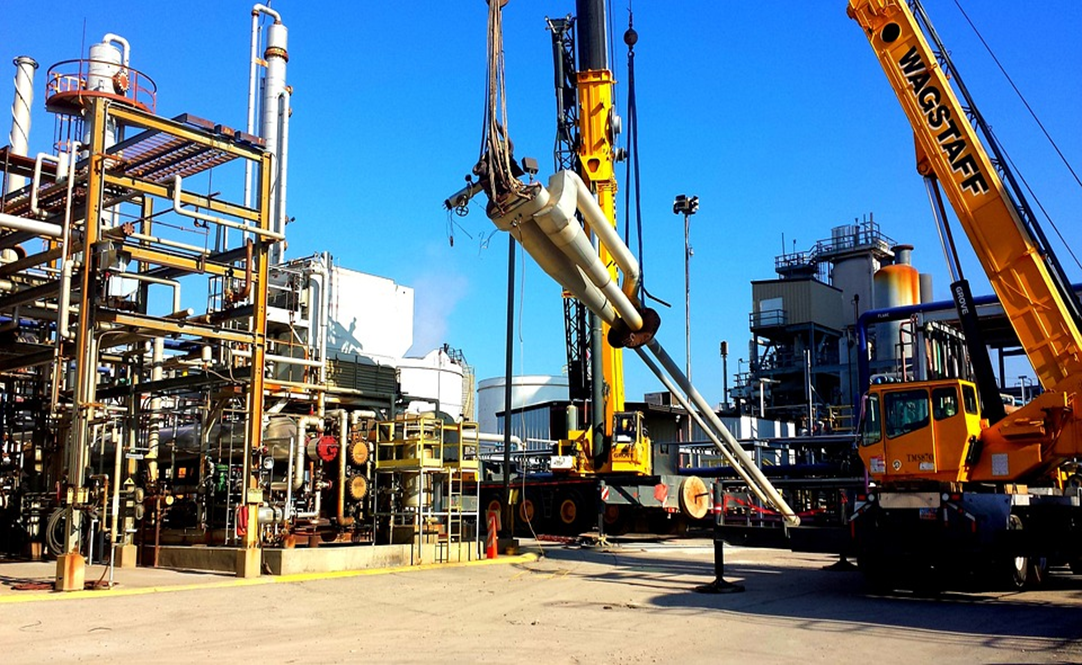There’s simply no such thing as a wholly hazard-free workplace. For workers in the oil and gas industry, however, the workplace risks can be especially prevalent and perilous. Oil and gas workers face life-threatening hazards on a daily basis, including the threat of flammable and toxic gasses, the inevitable risks of working around heavy equipment, and the dangers posed by aging infrastructure.
This article examines the risks incurred by workers in the energy sector and provides strategies for mitigating those threats.
Dangers Above and Below
You quickly become accustomed to living and operating with some risk of occupational disease in the oil and gas industry. Energy workers deal every day with noxious and even potentially lethal substances. This includes routine exposure to highly flammable and potentially explosive gasses, such as hydrogen sulfide, as well as contact with disease-causing agents, such as crystalline silica, a known cause of incurable and sometimes fatal lung disease.
However, it is not through contact with hazardous substances that energy workers may find themselves at risk. Perhaps one of the greatest threats an energy worker can face derives from the environment in which they work. Aging infrastructures across the United States and around the world significantly exacerbate the hazards industry workers must contend with, even as they increase the labor burden they must face.
As regulatory standards continue to increase, oil and gas workers find themselves increasingly burdened with the formidable task of bringing failing systems into compliance. The result is punishing workloads, woefully inadequate timelines, and a work environment in which there is no safe room for error.
Mitigating Risks Through Outside Support
When you’re contending with high work volumes, tight budgets, and abbreviated timelines, it can be easy to let safety standards slip. This is particularly true with highly experienced teams, where familiarity all too often can lead to complacency. This is not a manifestation of negligence or carelessness. It is merely a reality of human life. The mind and body simply cannot operate at peak levels all of the time. We just aren’t built that way.
And this is why support is essential in maintaining the necessary level of onsite safety. Regular and rigorous workplace safety inspections can help industry workers identify and remediate safety hazards they may have become blind to, Indeed, over time, seemingly insignificant safety protocols can become habitual and accumulative until, at least, they amplify into a real and substantial onsite danger that only an outsider can recognize.
This is why routinely bringing in an objective third party to evaluate operations and recommend safety improvements is such a vital step in mitigating risks.
The Importance of Prompt Action
One of the most significant risks an oilfield worker can face is a simple reality that not all injuries are immediately apparent. To be sure, an oilfield is a prime site for catastrophic accidents and injuries, such as falls and equipment accidents.
Other oilfield injuries are often not as obvious but no less lethal. Chronic noise exposure in the field, for example, can lead not just to hearing loss but also to other potentially life-threatening harms related to noise exposure, including cardiovascular disease and dementia.
In addition, oil and gas workers are often required to work with substances known to cause cancer, including naturally occurring radioactive materials, diesel particulate matter, and some hydrocarbon gasses, such as polycyclic aromatic hydrocarbons (PAH).
Because so many of the risks faced by energy workers do not manifest immediately but rather evolve over the long term, managing the threat depends on instituting a culture of workplace safety that includes exposure mitigation.
Again, vigilance is key but it can also be profoundly difficult. It can be tempting for workers, for instance, to remove respirators or noise-blocking earmuffs because these are often uncomfortable and inconvenient. And when you do not experience the harm of doing so right away, when you don’t experience the hearing loss or feel the shortness of breath caused by a silica-induced lung tumor until years or decades down the road, you might well think you don’t need to adhere to the safety protocols at all, that you can “get away with it.”
This is why routine inspections and stringent safety enforcement are only half the battle. Frequent and comprehensive employee training and education are also essential Industry workers don’t need or want mandates. They don’t want to be compelled to submit to rules they neither agree to nor believe in.
What they do want is ethical persuasion. This is where respectful, substantive, and evidence-based education comes in. By making the case for consistent and stringent adherence to safety practices, you’re more likely to win the workers’ buy-in and, therefore, their compliance than if you had simply commanded their obedience.
The Takeaway
Oil and gas workers go to the job site every day knowing that a serious or life-threatening accident is a real and persistent threat. However, it is possible to mitigate the risk these critical workers face every day by instituting routine inspections and engaging in robust employee education.
Indiana Lee lives in the Northwest and has a passion for the environment and wellness. She draws her inspiration from nature and makes sure to explore the outdoors regularly with her two dogs. Lee also has experience in owning and operating her own business. Feel free to follow her on Twitter @indianalee3.






